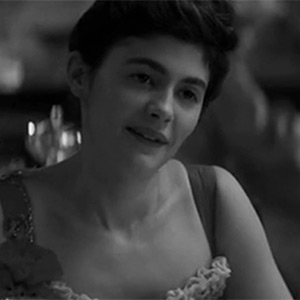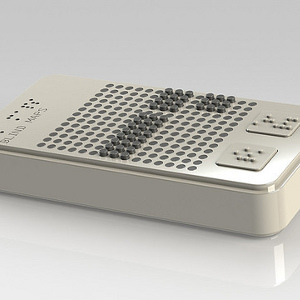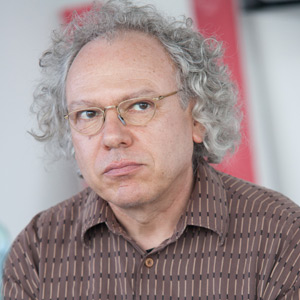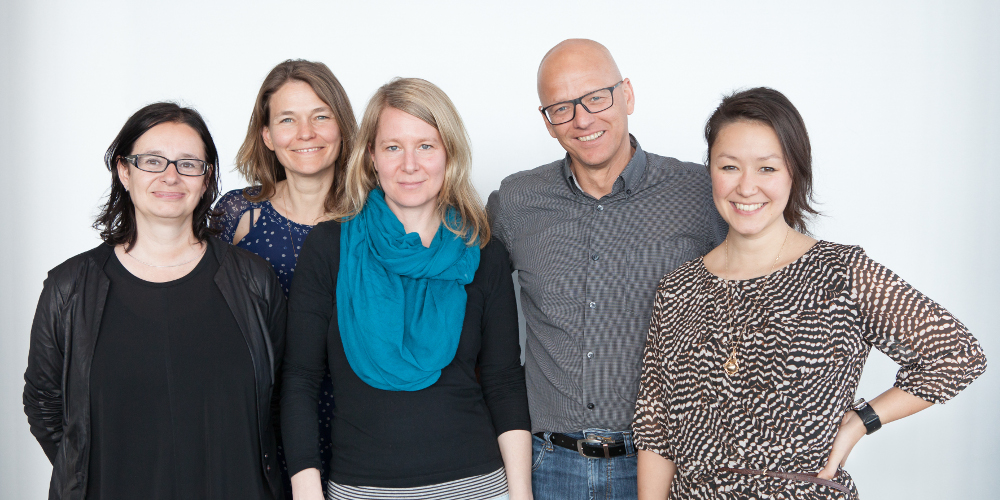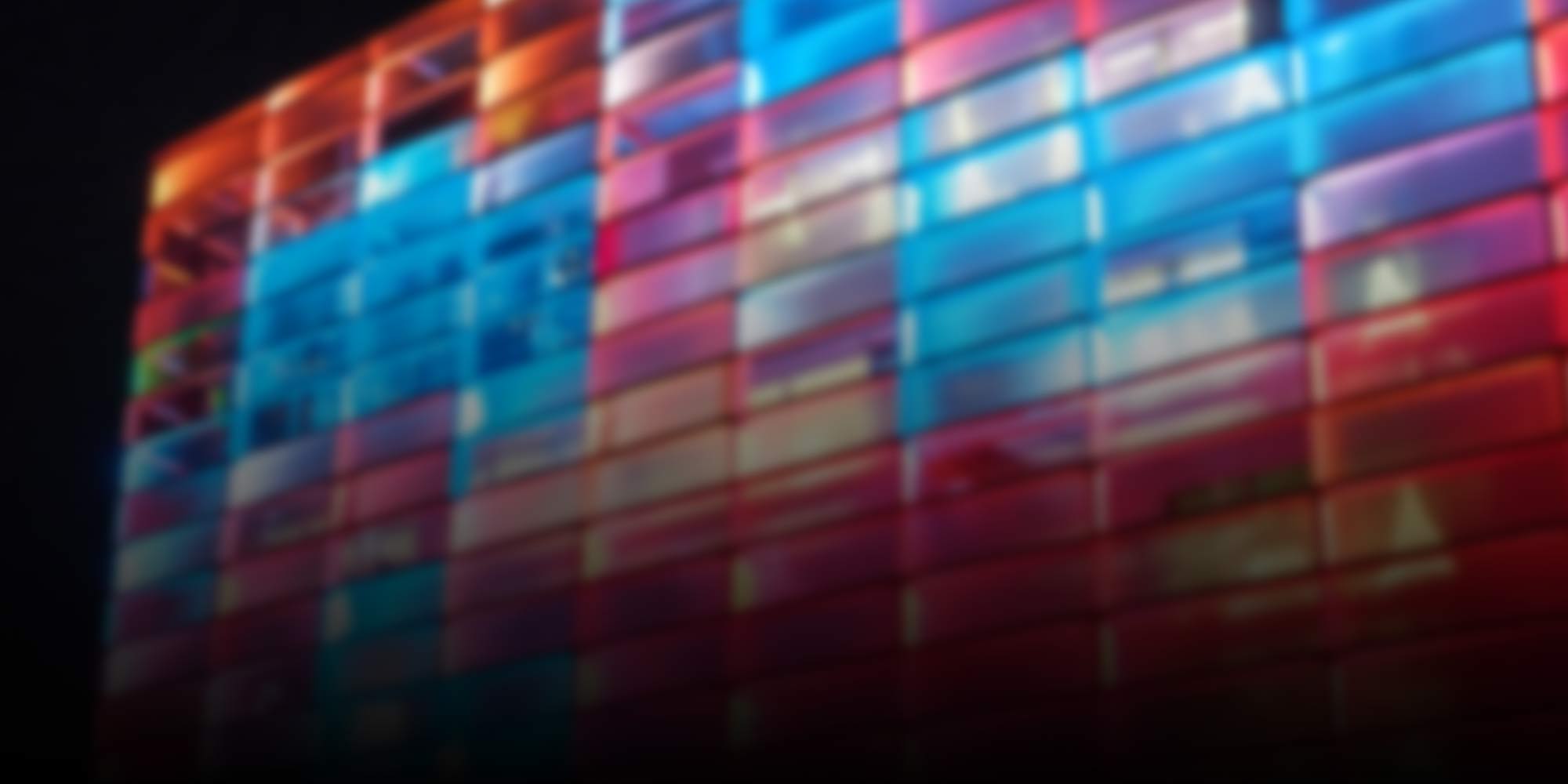
Story
-
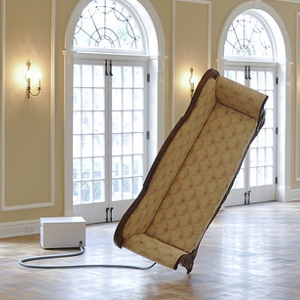
On Search for Balance
“Balance from Within” is the title of the installation by Jacob Tonski, with whom he won an award in the category Interactive Art at Prix Ars Electronica 2014. In this interview he tells us what it is all about the balancing sofa.
-
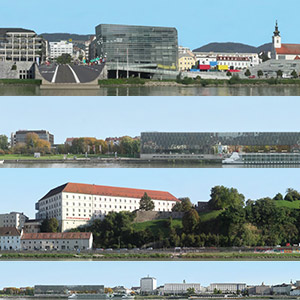
A panoramic school project
A school project must not always be limited to the walls of the classroom. Dejan Markovic, student of the Technical College Traun, used the infrastructure of the Deep Space at the Ars Electronica Center for the presentation of his self-made panoramic pictures.
-
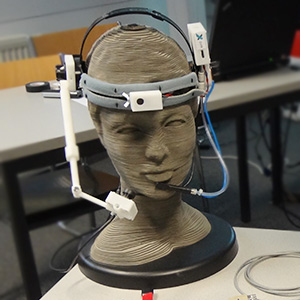
On Eliminating Barriers
“Assistive technology” is designed to help people with disabilities to stay connected to Digital Society. In this interview, Gerhard Nussbaum provides an expert introduction to this field.
-
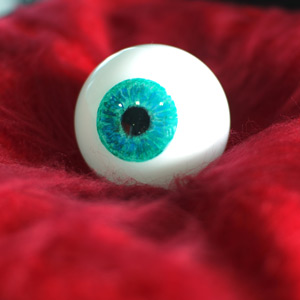
The Eye in the Magic Box
Wooden eye, take care – this is a well-known phrase in German language, which comes to life in “The Eye Named Frank”, an artificial eye that keeps track of its observers.
-
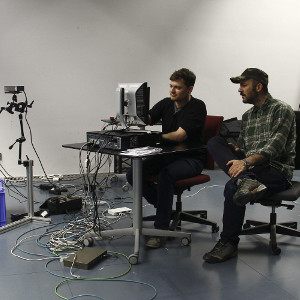
Real Imaginary Objects to Touch
The Australian media artist Daniel Crooks had the goal, during his artist-in-residence program at the Ars Electronica Futurelab, to overcome the limits of the screen and generate physical three-dimensional sculptures from it. Whether he has succeeded, he says, together with Otto Naderer, in this interview.
-
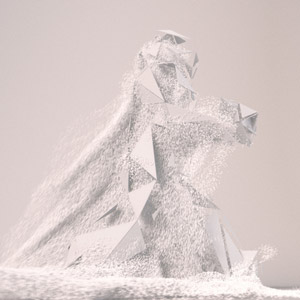
Animated Films that Move Us
Animated films have to touch people and speak to their needs. Jurors Sabine Hirtes and Joe Gerhardt talk about what actually characterizes good animation and which trends can currently be observed in this field.
-
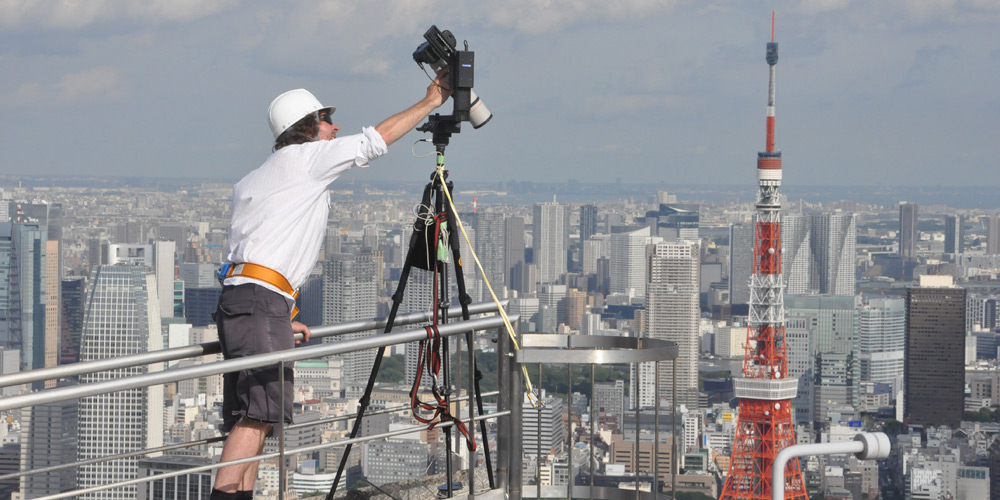
360 degrees of Enthusiasm
Jeffrey Martin, photographer and founder of the online platform 360cities.net gives an insight into his working methods and thinks aloud about the next trend of panoramic recordings: 360 degree videos.
-
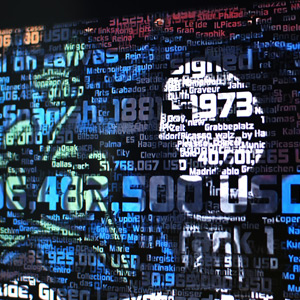
Is this work of art really worth 140 million?
A Francis Bacon for 140 million, a Pablo Picasso for 120 million U.S. dollars. Are these works of art really worth that much? The “Art Retriever” of art and media student Rosi Grillmair gives an insight into the world of the art market.
-
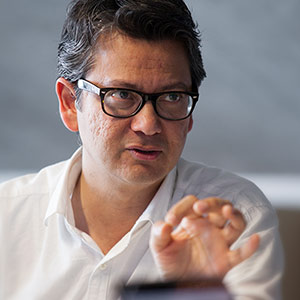
Bottom-up Technology
Ian Banerjee, architect, city planner, educational researcher and member of the jury in the category “Digital Communities” of the 2014 Prix Ars Electronica, presents his view of digital communities and talks about possible changes that will shape our living together in future.
-
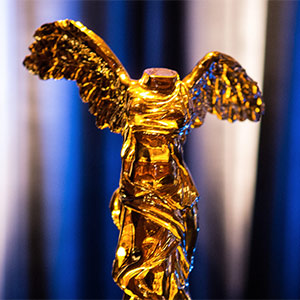
The winners 2014
While hot metal flowed from the blast furnaces at the casthouse of the steel producer voestalpine, a few hundred meters next door, the winners of the Prix Ars Electronica 2014 were announced at a press conference. A first overview.
-
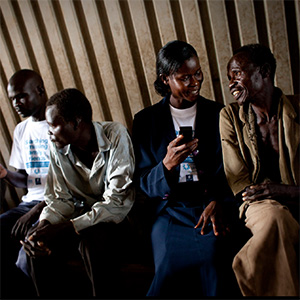
Seven billion voices
Laina Greene calls for a human right of access to digital technologies. The Prix juror tells us in an interview, how important digital communities are and what opportunities they are able to include.
-
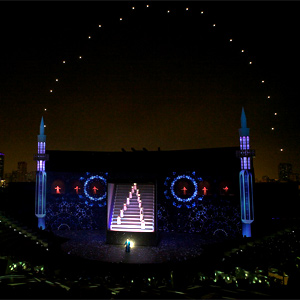
The Sky above Sharjah
The spaxels’ world tour continues. In “Clusters of Light,” an extravaganza just staged in the United Arab Emirates (UAE), the Ars Electronica Futurelab’s crew took their prodigious show design talents to the next level of excellence, and their choreographed formation of LED-equipped quadcopters thrilled audiences of thousands. Here, Chris Bruckmayr gives us a behind-the-scenes account.
-
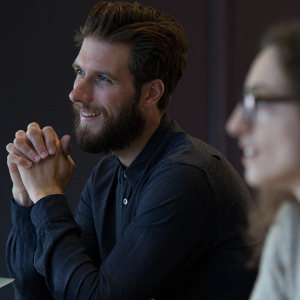
Interactive Art: In Search of Something New
Irini Papadimitriou and Michel van Dartel, two jurymemebers of the Prix Ars Electronica 2014, were in search of something new and exciting in the category Interactive Art. They told us in an interview how these search proceeded.
-
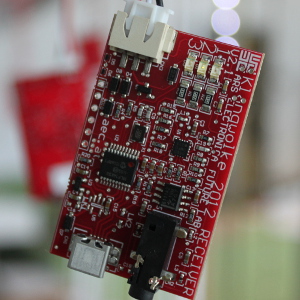
Entangled Sparks
“Entangled Sparks” is the Ars Electronica Futurelab’s latest contribution to the EU’s Connecting Cities initiative. Veronika Pauser, the Futurelab staffer who heads “Entangled Sparks,” took some time out to answer a few of our questions and let us in on what the so-called LinzerSchnitte is all about.
-
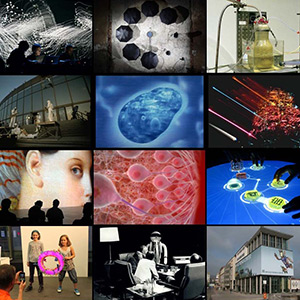
A Cross-Section of 35 Years of Media Art
What use is the world’s best media art collection if only a select few have access to it? The Ars Electronica Archive has enhanced and upgraded its online presence, and taken the additional step of making available videos of speeches and round-table discussions held over the last 35 years.
-
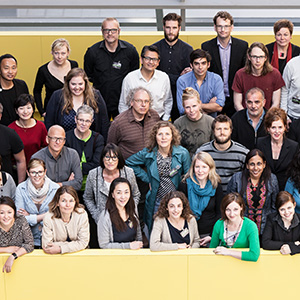
The Day of Decisions
The selection process to determine the 2014 recipients of a Prix Ars Electronica, one of the world’s most important media art prizes, has been concluded. 25 international experts put in three days of intensive work to choose the winners.
-
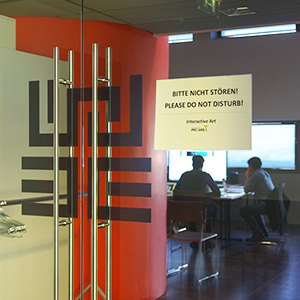
Please do not disturb, voting in process
This year’s recipients of the Prix Ars Electronica will be selected this weekend. The juries’ three days of deliberations begin today at the Ars Electronica Center Linz, where the many entries will be viewed and assessed by the jurors.
-

Lebensstadt Linz, ganz selbstverständlich
Im LINZ VERÄNDERT Ausstellungszelt werfen die BesucherInnen bei interaktiven Stationen einen Blick hinter die Kulissen des größten Dienstleisters der Stadt. Christian Gratzl, Marketingleiter der LINZ AG, spaziert mit uns durch die Lebensstadt.
-
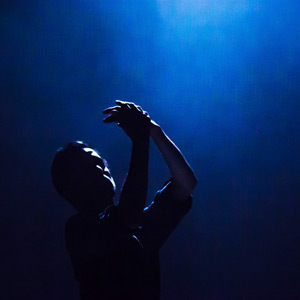
Murmur – Sorting out Dyslexia
It took 21 years for him to be able to spell his name correctly. Even as a schoolboy, Indian-born artist Aakash Odedra struggled with dyslexia. He ultimately discovered dance as the mode of expression that’s right for him.
-
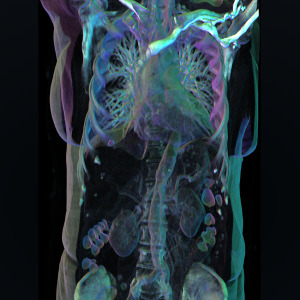
3-D Patient Data Direct from the Clinic
Yesterday a large number of visitors attended the second part of the series “Deep Space LIVE: Anatomy for All”. We chatted with Dr. Franz A. Fellner and Horst Hörtner which exceptional 3D visualization of the human body they presented this time.
-
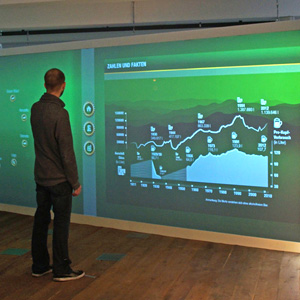
Beers through the Years
On tap at the Göss Brewery Museum is everything you’d like to know about Austrians’ favorite drink—beer. And the museum has just undergone a bit of a facelift in collaboration with Ars Electronica Solutions. We recently had a chance to chat with project manager Claus Zweythurm about the thoroughly playful approach he took to this…
-
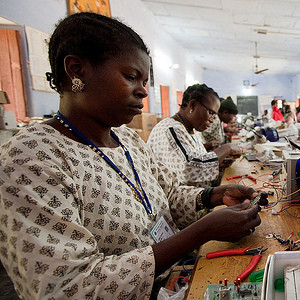
This Inspires Us 2014…
Two examples of incredible projects that Gerfried Stocker cites as sources of inspiration for this year’s festival theme, “C … what it takes to change,” are Projekt Daniel and Solar Mamas. That’s reason enough to take a closer look at them.
-
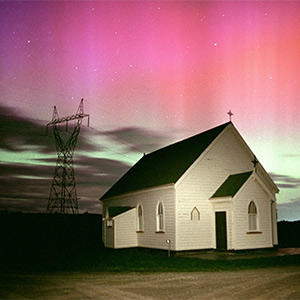
Terra Mater: Pictures of the World
Since April 2013 the Ars Electronica Center Linz shows a new documentary in Deep Space on the 16 × 9-meter big screen each week – with free admission. Ivo Filatsch, senior producer and executive producer of Terra Mater Factual Studios, gives us an insight of how such a documentary is actually produced.
